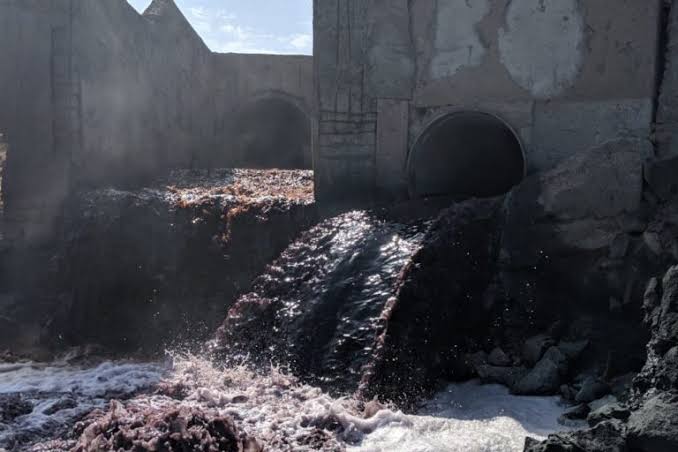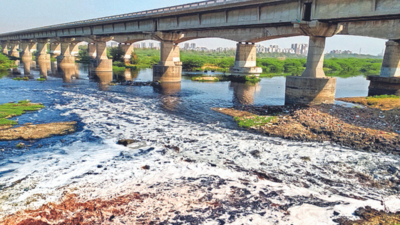The Sabarmati River, which has been a lifeline for numerous cities and communities in the state, is now facing a dire situation. According to recent revelations in the Lok Sabha, Sabarmati has been declared the most polluted river in the state, with water that is unsafe for drinking and even bathing. Despite being a riverfront model for other cities, the condition of Sabarmati’s water is deteriorating at an alarming rate. This post aims to shed light on the history of Sabarmati, the current situation, and the need for immediate action to conserve and purify this vital water resource.
History of Sabarmati River
The Sabarmati River, spanning over 371 kilometers, originates from the Aravalli Range and flows through the states of Rajasthan and Gujarat. Historically, the river has played a crucial role in the development of the region, providing water for agriculture, industries, and domestic use. Over the years, however, rapid urbanization and industrial growth have led to a significant increase in pollution levels, severely affecting the river’s water quality.

The Current State of Sabarmati River
The Sabarmati River has a staggering Bio-Chemical Oxygen Demand (BOD) of 292 mg, according to the Union Ministry of Pollution. This figure is alarmingly high, as water with a BOD of more than 3 mg is considered unfit for bathing. Despite the establishment of a riverfront in Sabarmati as a model for other cities, the water quality remains dire. Furthermore, the central government has not allocated any funds for the purification of Sabarmati in the last three years, exacerbating the problem.
Industries located along the riverbank contribute significantly to the pollution by discharging toxic waste and contaminated water directly into the river. This issue has been criticized by the High Court and has led to Sabarmati being declared the most polluted river in the state.
The Impact of Riverfront Projects:
“Running river always purifies itself.” This statement highlights the importance of allowing rivers to flow naturally, as it helps maintain their self-purifying abilities. As a conscious citizen, I believe that riverfront projects, though visually appealing, can have detrimental effects on rivers by hindering their natural flow and ecosystem. Such projects may prioritize beautification over the essential aspects of river conservation and purification, ultimately exacerbating the pollution problem.

The Need for Action:
The alarming state of the Sabarmati River calls for immediate and decisive action to conserve and purify this vital resource. Here are some suggestions to tackle this pressing issue:
- Strict Enforcement of Regulations: The government should enforce stringent regulations on industries and ensure that they treat their waste before releasing it into the river. This would prevent toxic effluents from contaminating the water.
- Reconsider Riverfront Development: While beautifying the riverfront is essential, it should not be the sole focus. Efforts should be directed towards improving water quality, maintaining the natural flow of the river, and ensuring its long-term sustainability.
- Public Awareness and Participation: Encourage public participation in river conservation initiatives by raising awareness about the importance of clean rivers and organizing events like clean-up drives and tree planting along the riverbanks.
- Allocation of Funds: The government should allocate adequate funds for the conservation and purification of the Sabarmati River. This includes supporting research and technological advancements in water treatment and purification methods.
- Collaboration Between Stakeholders: A collaborative approach involving the government, industries, NGOs, and local communities is crucial for effective river conservation. This would allow for better planning, resource allocation, and implementation of strategies to restore the river’s health.
Final thoughts
The alarming state of the Sabarmati River demands immediate attention and concerted action from all stakeholders. As conscious citizens, we must come together to advocate for and support initiatives that prioritize the conservation and purification of this vital resource over mere beautification projects. By fostering a collaborative approach involving the government, industries, NGOs, and local communities, we can develop and implement effective strategies to restore the health and natural flow of the Sabarmati River. Only then can we ensure a sustainable future for the river and the countless lives that depend on it.
#SabarmatiRiver #RiverConservation #WaterPollution #CleanWaterInitiative #SaveOurRivers #EcoAwareness #RiverRestoration #EnvironmentProtection #SustainableDevelopment #CommunityAction







